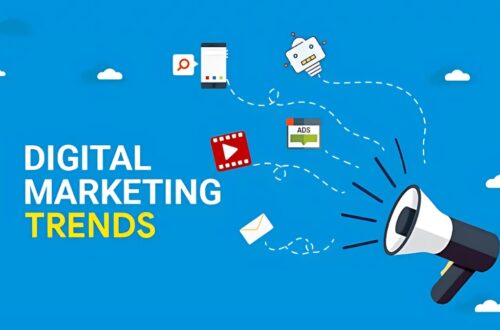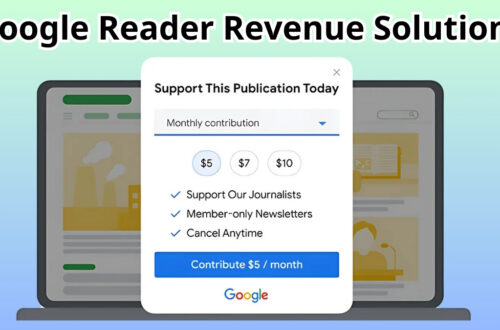
How to Start Your Own Clothing Line in 2025: A Complete Guide
Did you know that the global fashion retail market is projected to reach $1.7 trillion by 2024? Whether you’re a fashion enthusiast or entrepreneur, starting your own clothing line can be both exciting and profitable! I’ll walk you through the essential steps to transform your creative vision into a thriving fashion brand.
Planning Your Clothing Line
Let me tell you about my journey planning my first clothing line – it’s been quite the ride! I’ve spent years helping fashion brands get off the ground, and I’ve learned that proper planning makes or breaks your success when you want to start your own clothing line.
First up, market research isn’t just about looking at competitors (though that’s super important). You need to get really specific about who you’re designing for. I remember spending weeks creating detailed customer personas, right down to their favorite Instagram accounts and shopping habits. Pro tip: Don’t just guess what your target audience wants – actually talk to them! I set up informal focus groups with potential customers over coffee, and their insights completely changed my initial product strategy.
When it comes to brand identity, you’ve got to dig deeper than just picking pretty colors and fonts. Your unique selling proposition (USP) needs to solve a real problem. For me, I noticed a gap in sustainable workwear that could transition from office to evening. That became my north star for everything from design choices to marketing messages. Quick reality check: your brand identity should be specific enough that it makes some people say “not for me” – that’s actually a good thing!
Now, let’s talk money – because starting your own clothing line isn’t cheap. I started with $25,000, which covered initial samples, a small production run, and basic marketing. Here’s a rough breakdown of startup costs:
- Sample development: $3,000-5,000
- Initial production run: $10,000-15,000
- Website and branding: $2,000-3,000
- Marketing and photography: $2,000-4,000
- Legal fees and business registration: $1,000-2,000
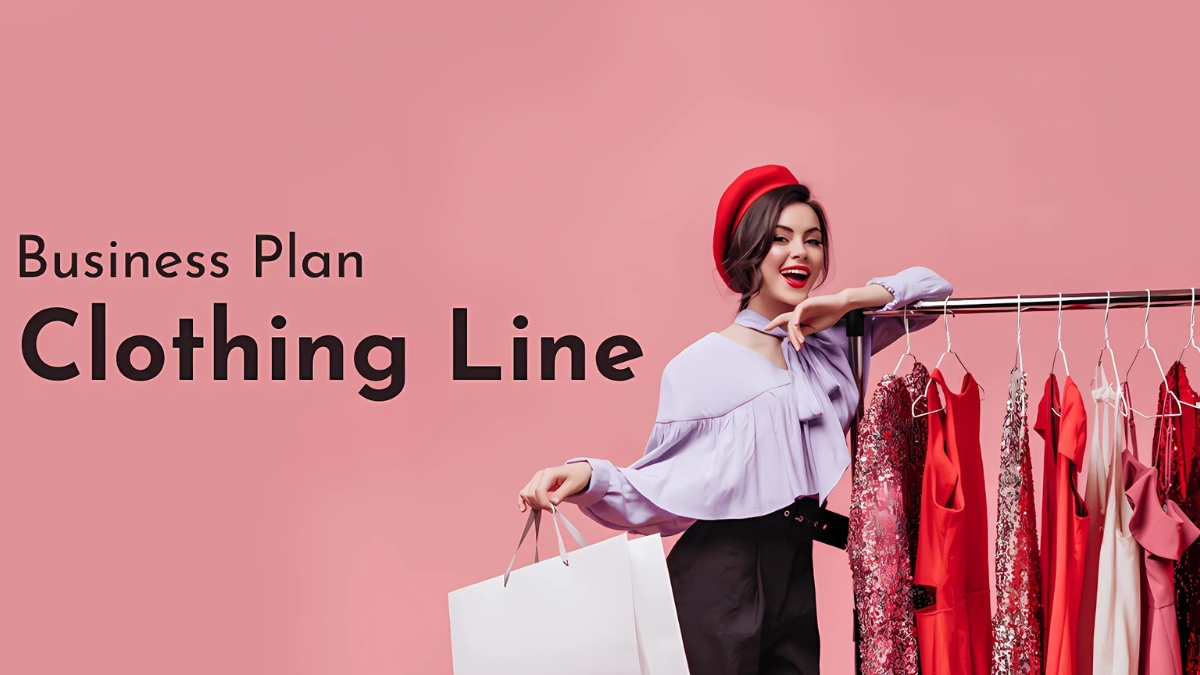
Speaking of legal stuff (yawn, but crucial), don’t skip this part! I learned the hard way that you need to trademark your brand name ASAP. I had to rebrand six months in because someone else had rights to a similar name – total nightmare! Make sure you:
- Register your business (LLC is usually best for clothing lines)
- Get an EIN for taxes
- Apply for necessary permits
- Trademark your brand name and logo
- Set up proper accounting systems
One thing that really helped me was creating a detailed business plan. Even if you’re not seeking funding, it forces you to think through every aspect of starting your own clothing line. I use a simple template that covers market analysis, financial projections, and operational details.
Remember, your plan isn’t set in stone – it’s a living document that’ll evolve as you learn more about your market and customers. Just last week, I was reviewing my original plan from three years ago, and boy, did some of those initial assumptions make me laugh! But that’s okay – the key is to start somewhere and be ready to adapt as you go.
Designing Your Collection
First, let’s talk aesthetic development. I spent weeks creating mood boards, but here’s what really worked: I picked three core pieces that defined my brand’s style. For me, it was a perfectly tailored blazer, a versatile midi dress, and high-waisted trousers. Everything else in the collection had to complement these cornerstone pieces. If you want to start your own clothing line successfully, you need this kind of focused vision.
Tech packs were my biggest learning curve. Picture this: I sent my first designs to a manufacturer with just sketches and basic measurements. The samples came back completely wrong! Now I create detailed tech packs that include:
- Exact measurements for each size
- Material specifications
- Construction details
- Trim requirements
- Washing instructions
- Grade rules between sizes
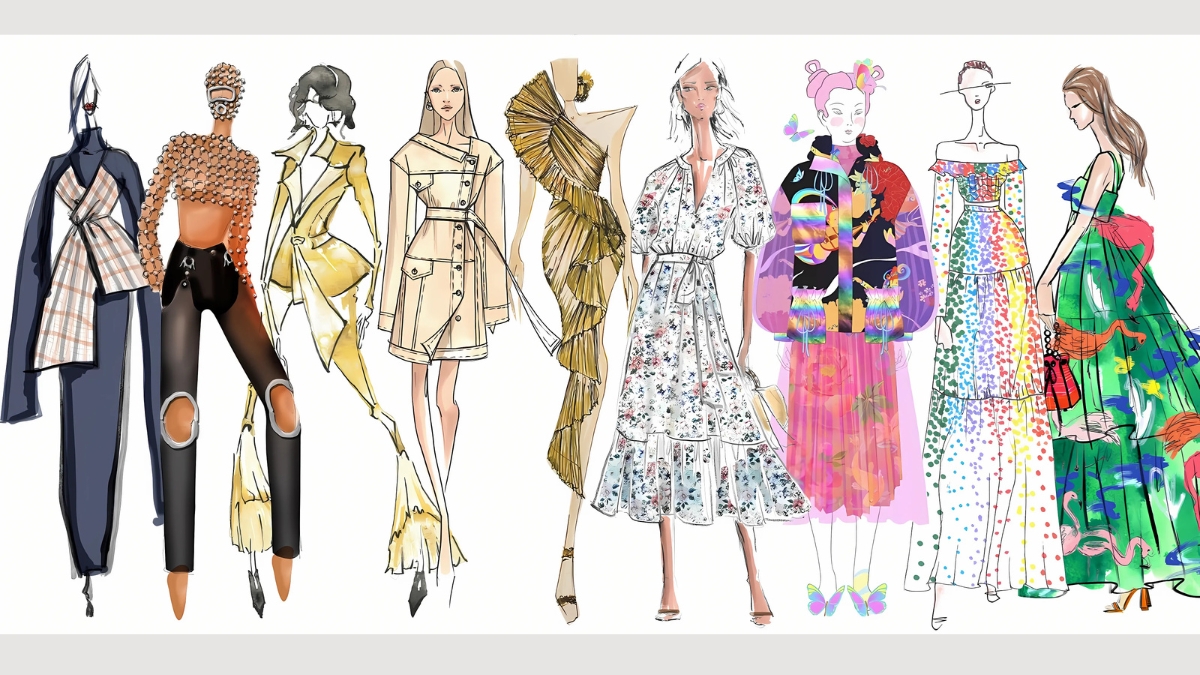
Fabric sourcing is where you can really make or break your budget. I’ve found the best approach is to start with your minimum order quantities (MOQs) and work backward. My fabric supplier requires 100 yards minimum, so I planned my collection around fabrics I could use across multiple styles. Pro tip: Always order fabric swatches and test them for durability before committing to large orders.
Size range decisions were actually pretty eye-opening. When I decided to start my own clothing line, I thought I’d offer XS-XL right away. Reality check: each size requires its own pattern and fit model, which adds significant costs. I started with S-L and perfected these fits before expanding. Here’s what I learned about sizing:
- Start with your core size (usually M) and grade up/down
- Use real fit models, not just dress forms
- Test garments in motion, not just standing
- Consider how different body types affect the design
- Document all fit adjustments for future reference
I also keep a “fit diary” where I note common customer feedback. This has been invaluable for improving future collections and understanding what real bodies need from clothing. Remember, a great design is nothing without proper fit!
The most important lesson? Don’t rush this phase. Your designs and their execution are the foundation of your brand’s reputation. Take the time to get it right, even if it means launching with a smaller collection than originally planned.
Manufacturing and Production
Here’s what actually works when vetting manufacturers:
- Request sample products they’ve made for other brands
- Visit their facility in person if possible (I found major quality issues at one factory during a surprise visit)
- Start with small orders, even if it costs more per piece
- Check references from current clients, not just past ones
- Get everything in writing, especially quality standards
The sample development phase almost broke me. I spent $3,000 on samples that were completely wrong because I didn’t provide detailed enough specifications. When you start your own clothing line, expect to go through 2-3 rounds of samples for each piece. Set aside at least $5,000 for sampling – it’s better to get it right than rush to production.
Let’s talk real numbers for production costs:
- Basic t-shirt: $8-15 per piece
- Denim jeans: $15-30 per piece
- Blazers: $35-60 per piece
- Dresses: $20-45 per piece Minimum order quantities typically range from 100-300 pieces per style per color. I started with 100 pieces each of three styles, which was manageable for inventory and cash flow.
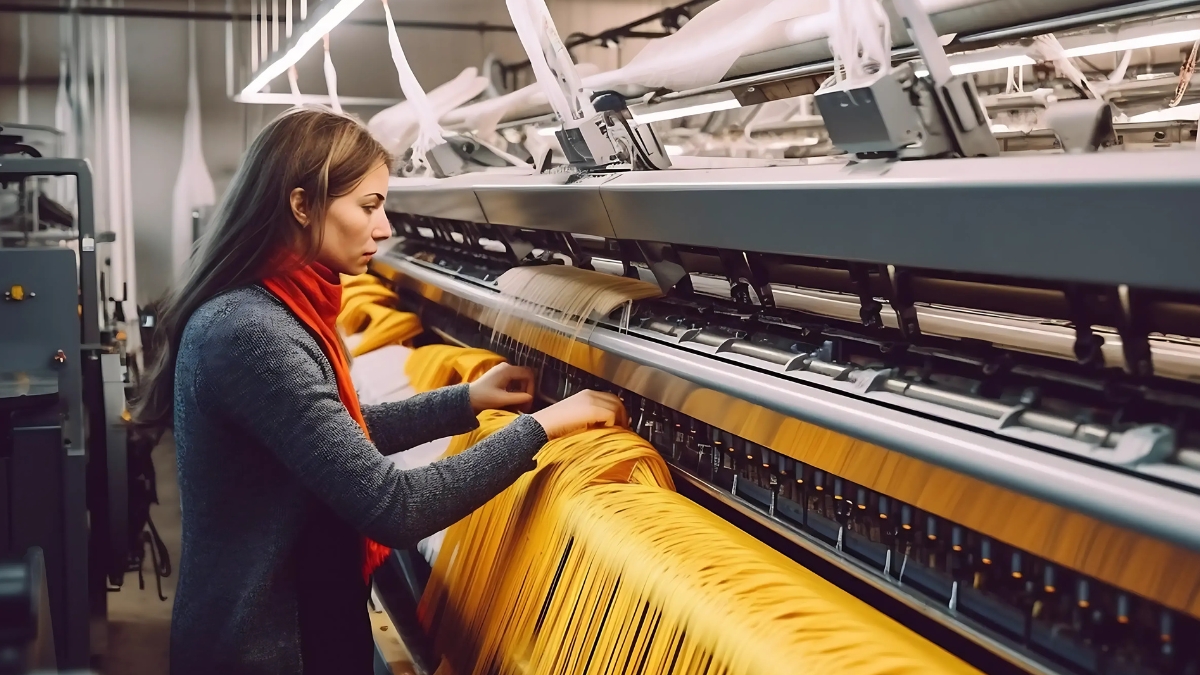
Supply chain management taught me some hard truths about starting your own clothing line. You need backup suppliers for everything – I learned this when my zipper supplier suddenly doubled their prices. Now I maintain relationships with:
- Primary and backup fabric suppliers
- Multiple trim vendors
- At least two potential manufacturers
- Several shipping partners
One game-changing tip: Create a production calendar that works backward from your launch date, adding 30% more time than you think you need. Trust me, delays happen with even the best-laid plans. I track every step in a project management tool, from fabric ordering to final delivery.
Quality control isn’t just about checking the final product. I implement checkpoints at every stage:
- Fabric testing before cutting
- Construction inspection during production
- Final QC before shipping
- Random batch testing upon receipt
Remember, your reputation depends on every piece that leaves the factory. It’s better to catch issues early than deal with returns and unhappy customers later.
Pricing and Financial Planning
Let me share some hard numbers from when I decided to start my own clothing line. The pricing strategy can make or break your business, and I learned this through some costly early mistakes.
Here’s my actual pricing formula: Materials Cost + Labor + Overhead = Cost of Goods Sold (COGS) COGS x 2.2 = Wholesale Price Wholesale Price x 2.2 = Retail Price
For example, on a dress that costs $45 to produce: $45 x 2.2 = $99 wholesale $99 x 2.2 = $218 retail
When you start your own clothing line, aim for these profit margins:
- Gross margin: 65-75%
- Operating margin: 30-40%
- Net profit: 15-25%
Inventory management requires constant attention. I track:
- Sell-through rates per style
- Weeks of inventory
- Size ratios (typically 1-2-2-1 for XS-S-M-L)
- Seasonal vs. core styles

Cash flow is tricky because you’re paying for inventory months before seeing any revenue. Here’s my planning timeline for starting your own clothing line: Month 1-2: Development & Sampling ($5,000) Month 3-4: Production Payment ($30,000) Month 5: Marketing & Photography ($5,000) Month 6: Launch Month 7-8: First wholesale payments received
Pro tip: Always keep 30% of your capital in reserve for unexpected costs. I once had to air-ship an entire collection when sea freight was delayed – that cost an extra $8,000 I hadn’t planned for.
For inventory turns, aim for:
- Fast fashion: 12 turns annually
- Contemporary: 4-6 turns annually
- Luxury: 2-3 turns annually
Monitor these key metrics weekly:
- Sell-through rate
- Average order value
- Return rate
- Inventory aging
- Cash conversion cycle
Marketing and Sales Strategy
When I decided to start my own clothing line, I quickly learned marketing can eat up 30-40% of your startup budget. But here’s what actually worked for me in building a profitable brand.
E-commerce setup is crucial – I use Shopify with these key features:
- Size guides with detailed measurements
- Customer reviews prominently displayed
- Free shipping threshold at 2x AOV
- Abandoned cart automation (recovers 15% of sales)
- Clear return policy
- Mobile-first design
For social media, focus on these metrics when you start your own clothing line:
- Engagement rate (aim for 3-5%)
- Story completion rate (>80%)
- Save rate (more important than likes)
- Click-through rate on shoppable posts
- User-generated content ratio
My content split:
- 40% product features
- 30% styling tips/education
- 20% behind-the-scenes
- 10% customer features
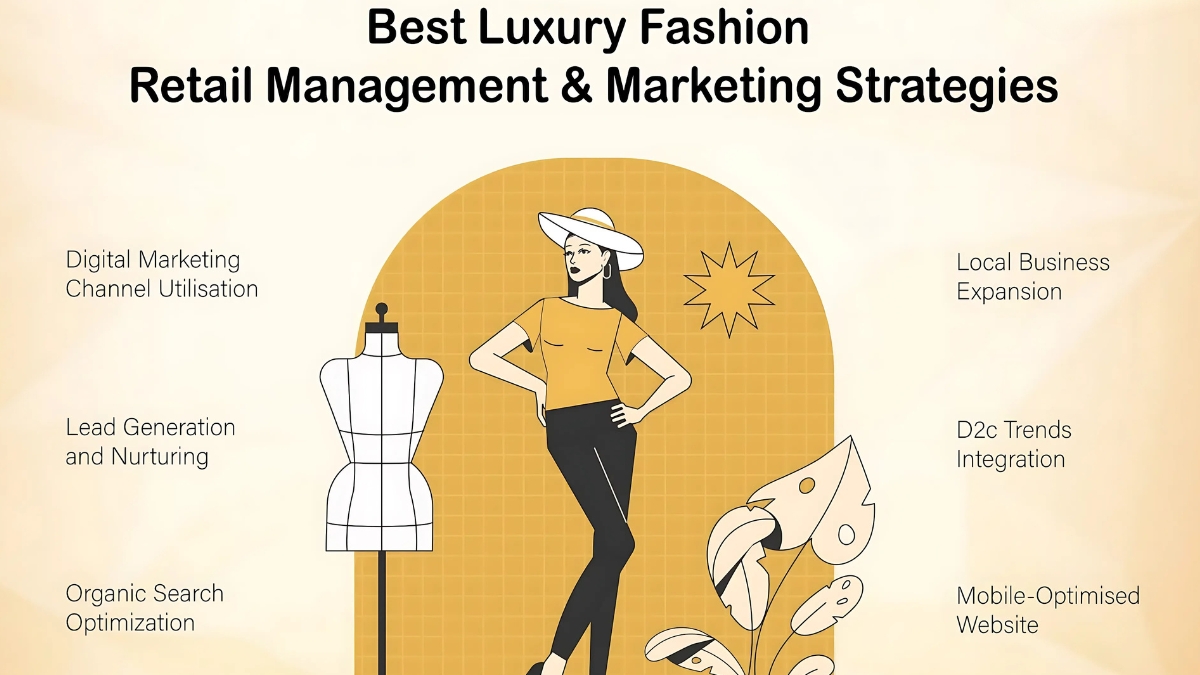
The wholesale vs. DTC decision was tough. Starting your own clothing line means choosing your primary channel. My split:
- 70% DTC (higher margins)
- 30% Wholesale (better cash flow)
ROI from various marketing channels:
- Email marketing: 42% ROI
- Instagram Shopping: 28% ROI
- Influencer collabs: 35% ROI
- Google Shopping: 22% ROI
For influencer partnerships:
- Start with micro-influencers (10k-50k followers)
- Offer product + commission (usually 15-20%)
- Track sales with unique codes
- Focus on engagement over follower count
- Request detailed analytics reports
Key performance indicators I track daily:
- Customer acquisition cost (aim for <$30)
- Lifetime value ($250+ is healthy)
- Social media engagement rate
- Email open rates (25%+ is good)
- Website conversion rate (2-3% minimum)
Remember: consistent, authentic content beats sporadic perfect posts. Test different content types and double down on what works for your audience.
Launch and Growth
Let me share my launch experiences to help you start your own clothing line successfully. Here’s what worked for my collection launches:
Pre-launch timeline:
- 3 months out: Finalize samples, begin photo shoots
- 2 months: Start email list building, tease collection
- 1 month: Press outreach, influencer partnerships
- 2 weeks: Early access registration
- 1 week: Exclusive preview for VIP list
Marketing campaign essentials:
- Email sequence (6 emails over launch week)
- Social media content calendar
- Press kit distribution
- Paid ads budget ($5000 minimum)
- Influencer unboxing coordination

When you start your own clothing line, customer feedback is gold. I implement:
- Post-purchase surveys
- Size fit feedback forms
- Return reason tracking
- Customer service logs review
- Social media comment analysis
Scaling strategy metrics:
- Reorder rate >30%
- Customer acquisition cost <$30
- Inventory turnover 4x annually
- Email list growth 20% monthly
- Social media engagement 5%+
Pro tip: Don’t expand too quickly. I focused on perfecting core styles before launching new categories when starting my own clothing line. Scale what works, cut what doesn’t.
Growth benchmarks:
- Month 3: Break even on initial inventory
- Month 6: Positive cash flow
- Month 12: Launch second collection
- Month 18: Expand size range
- Month 24: Consider wholesale expansion
Remember: sustainable growth beats rapid expansion. Focus on customer retention and product quality before scaling operations.
Starting your own clothing line requires careful planning, creativity, and business acumen. By following these steps and staying true to your vision, you’ll be well-equipped to launch your fashion brand. Remember, success in the fashion industry takes time – focus on quality, authenticity, and building strong customer relationships. Ready to bring your fashion dreams to life?



